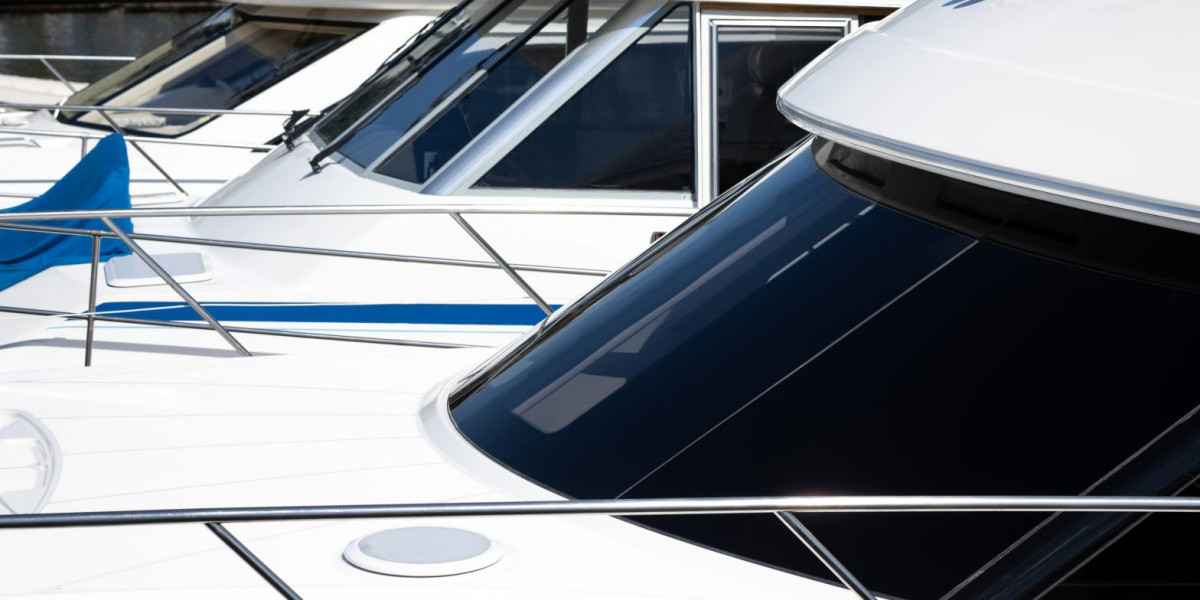One of the most effective ways to enhance the performance and aesthetics of your boat is by installing marine window tinting. Not only does it improve the look of your vessel.
It also offers numerous functional benefits like reducing glare, enhancing privacy, and protecting the interior from UV damage. However, choosing the right marine window tinting for your boat can be a daunting task, given the variety of options available. In this article, we’ll explore the factors to consider when selecting the best tint for your boat and help you make an informed decision that suits your needs.
Consider the Purpose of Tinting
Before diving into the different types of marine window tinting, it’s important to first understand why you want to tint your boat’s windows. Tinting serves a variety of purposes, each of which may dictate different features of the tinting film:
- UV Protection: One of the primary reasons boat owners opt for window tinting is to block harmful UV rays. UV rays can cause the interior of your boat, including upholstery and electronics, to fade and deteriorate over time. High-quality marine window tinting can block up to 99% of UV rays, preserving the interior and reducing sun damage.
- Heat Reduction: The sun’s heat can make the interior of your boat unbearably hot, especially in warmer climates. Tinted windows can help block a significant amount of infrared radiation (IR), the heat-producing component of sunlight, keeping the cabin cooler and more comfortable.
- Glare Reduction: Whether you’re steering the boat or lounging in the cockpit, glare can be a major distraction. Tinting helps reduce glare from the sun and water, providing better visibility, less strain on your eyes, and a more comfortable experience.
- Privacy and Security: If your boat is often docked in busy areas or if you’re concerned about privacy while out at sea, window tinting can provide added privacy by limiting the view from the outside. This can also deter theft, as valuables inside your boat will be less visible to potential intruders.
Choose the Right Tinting Film Type
When it comes to marine window tinting, not all window films are created equal. The film type you choose should match your specific needs and the environment in which you use your boat. Here are the most common types of tinting films available for marine use:
- Dyed Film: This is one of the most common types of window film and offers a simple, cost-effective solution for reducing glare and UV exposure. Dyed films absorb sunlight, which helps keep the boat cooler and protects the interior. However, they tend to fade over time, especially when exposed to harsh marine environments, so they may not be the best long-term solution.
- Metalized Film: Metalized films contain metal particles that reflect sunlight rather than absorb it. This type of film provides excellent heat rejection and UV protection. It also strengthens the window, making it more shatter-resistant. However, the reflective nature of metalized films can create a mirrored look, which might not be ideal if you’re looking for a more natural aesthetic. Additionally, some metalized films can interfere with GPS, radio, and other electronic signals, so it's important to check compatibility with your boat's equipment.
- Carbon Film: Carbon-based films provide excellent UV protection and heat rejection without the reflective surface of metalized films. Carbon films are also highly durable, as they do not fade over time like dyed films. This makes them ideal for boaters who want a long-lasting tint with a sleek appearance.
- Ceramic Film: Ceramic films are the top-of-the-line option when it comes to window tinting services. They offer the best heat rejection, UV protection, and clarity. These films are non-reflective, so they won’t create a mirror-like appearance, and they won’t interfere with electronic signals. Ceramic films are highly durable and long-lasting, making them a great investment for boat owners who want the best protection for their vessels.
Tint Percentage (VLT)
Visible Light Transmission (VLT) is a measure of how much light passes through the window film, and it’s an important factor in determining the level of tint you want. VLT is expressed as a percentage, with lower percentages indicating darker tints. Choosing the right VLT depends on your preferences, the type of boat, and the climate in which you’ll be boating.
- Higher VLT (lighter tint, 50-70%): This option allows more natural light into the boat, which is great if you want to maintain a bright and airy interior while still reducing glare and UV exposure. Lighter tints are typically used in regions with milder climates where excessive heat reduction is not as necessary.
- Lower VLT (darker tint, 20-30%): Darker tints provide more privacy and are more effective at blocking out heat and UV rays. They are ideal for warmer climates or for boaters who want to keep their boat’s interior cooler. However, dark tints can reduce visibility, especially at night, so it's important to strike a balance between protection and visibility.
- Legal Requirements: Be sure to check local regulations on window tinting for boats, as some areas may have laws that restrict the level of tint allowed on boats. The VLT percentage must comply with these laws to avoid fines or complications.
Durability and Maintenance
Since boats are exposed to harsher environmental conditions than cars, it’s crucial to choose a durable and weather-resistant window film. Marine window tinting must be able to withstand saltwater, high humidity, and constant exposure to sunlight without deteriorating. Films made from high-quality materials, such as ceramic or carbon-based films, tend to be more durable and less likely to fade or peel.
Additionally, consider the maintenance requirements of the tinting film. Some films may require more care and cleaning to maintain their appearance, while others are more resistant to scratches and easier to clean. Choose a film that fits your maintenance preferences and is compatible with the conditions in which your boat operates.
Conclusion
Choosing the right marine window tinting for your boat is a decision that can significantly enhance your boating experience. Whether you’re looking to protect your boat’s interior from UV damage, reduce glare, improve privacy, or lower energy costs, the right tinting film can provide the perfect solution. Consider factors such as your specific needs, the climate in which you boat, the durability of the film, and legal requirements before making your decision.









